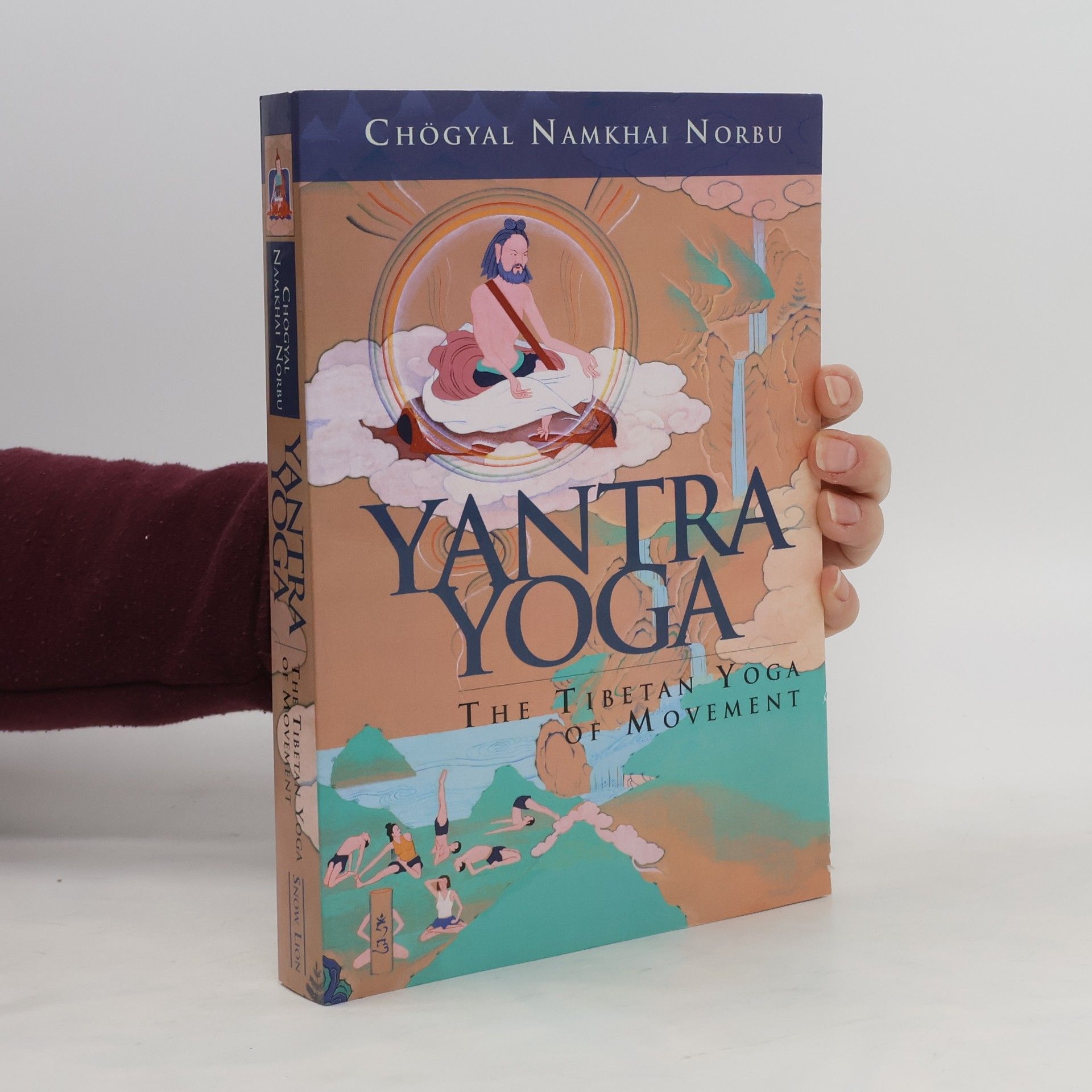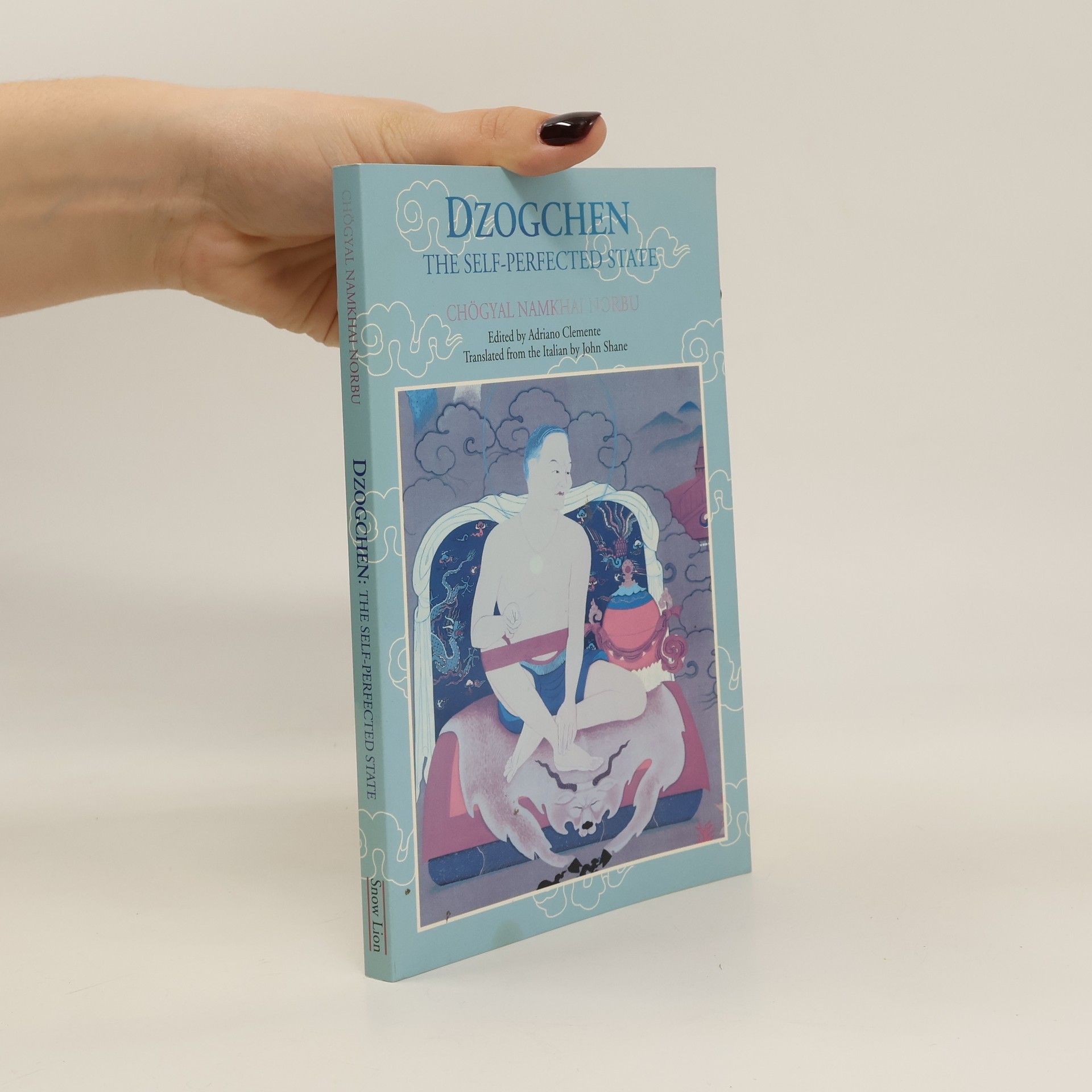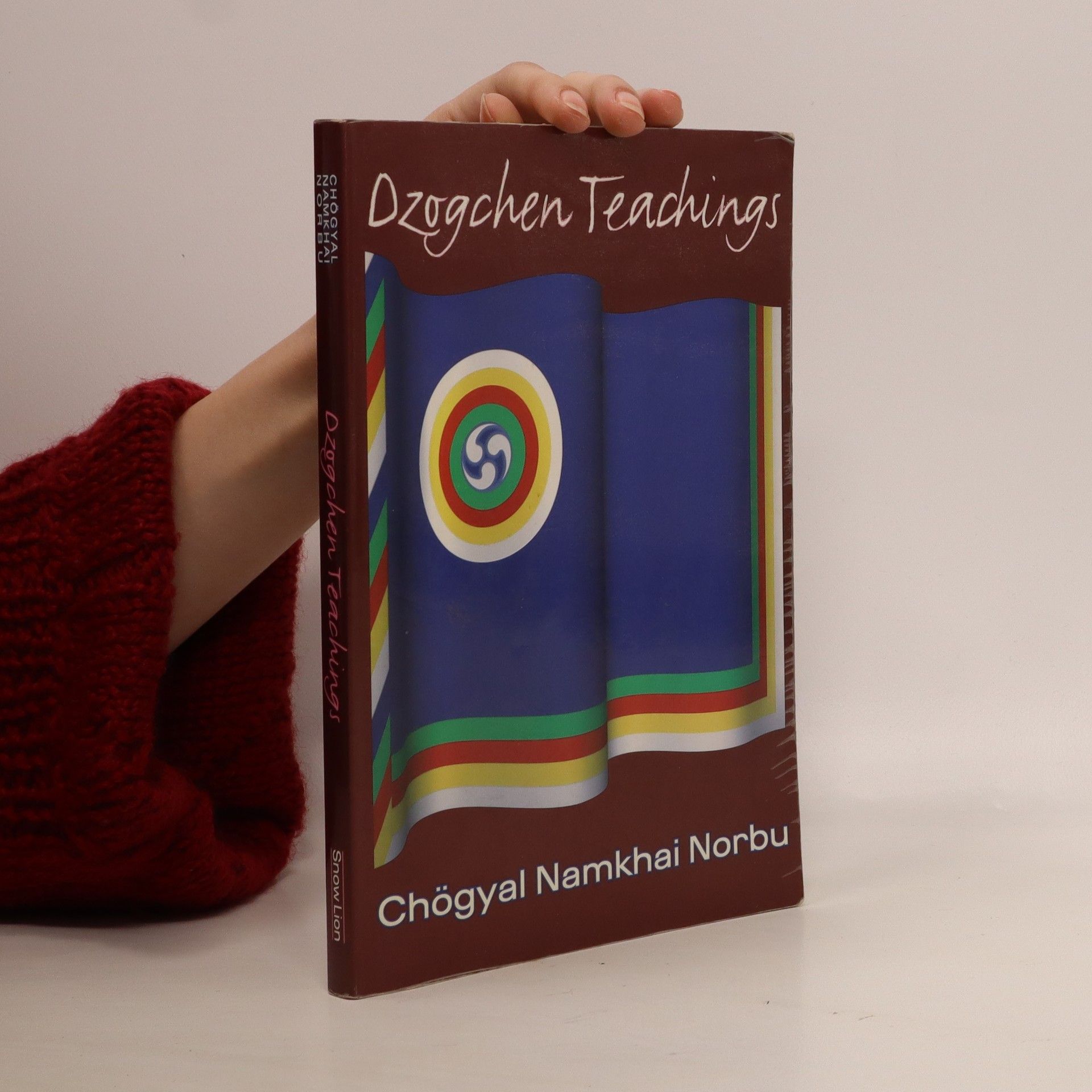The Crystal And The Way Of Light
- 176pagine
- 7 ore di lettura
In The Crystal and the Way of Light, Chogyal Namkhai Norbu examines the spiritual path from the viewpoint of Dzogchen. He discusses the base path and fruit of Dzogchen practice, and describes his education and how he met his principal master who showed him the real meaning of direct introduction to Dzogchen. By interweaving his life story with the teachings, he both sets Dzogchen in its traditional context and reveals its powerful contemporary relevance. The book is richly illustrated with photos of Buddhist masters, meditational deities, and Dzogchen symbols.




